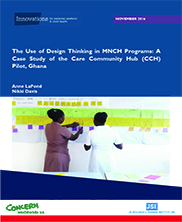Canary Island Commons: 2122-2175 AD
This website tells the history
of the Canary Island Commons, a community of climate refugees who found
shelter in the former Canary Wharf shopping complex, which rising water
eventually turned into an island. The Canaries, as they jokingly
referred to themselves, turned the abandoned buildings into a
self-sufficient community, complete with a garden and solar-powered
electricity.
Most of what we know about the Commons comes from The 22nd Century Guide to Commoning, a
pamphlet the Canaries wrote to instruct other climate refugees in
setting up their own sustainable communities in abandoned locations
along the new Thames waterfront, and journals of Sabina Masud. Sabina
was eight when she arrived at the Canary Island Commons with her family
and wrote consistently until her death at 50.


